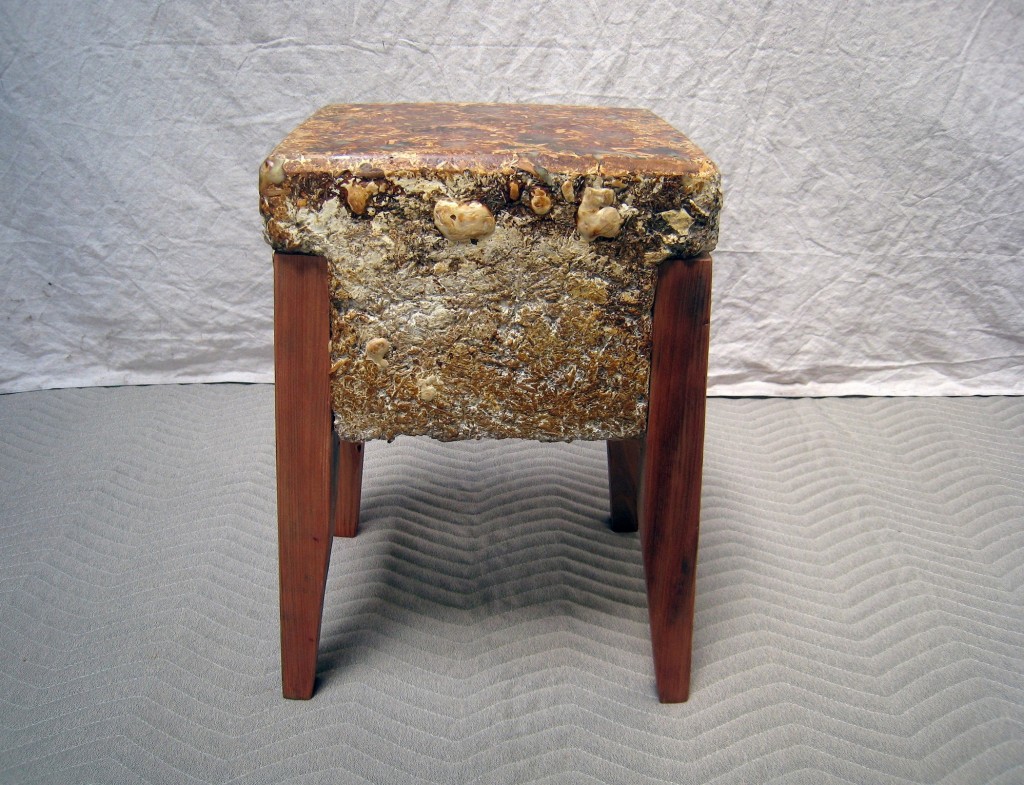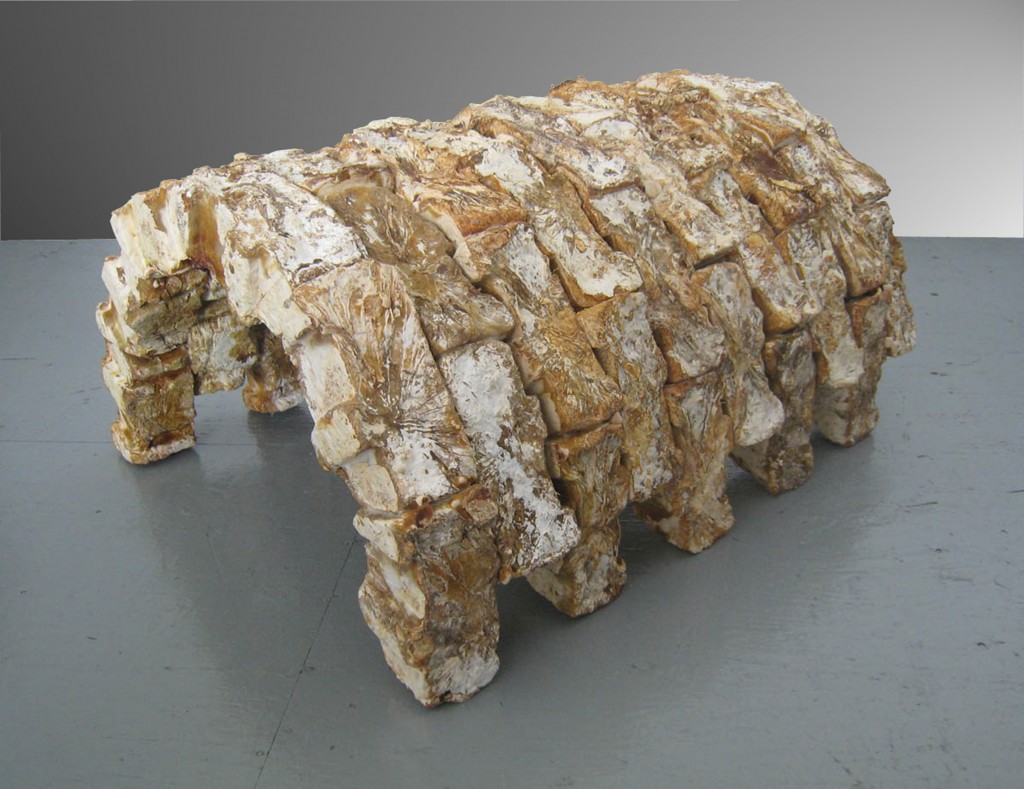Intimate Science, an exhibition showcasing contemporary artists conducting projects in scientific and technological domains, opens at Art Center College of Design’s Alyce de Roulet Williamson Gallery on Friday, May 31. An opening reception, free to the public, will take place Thursday, May 30, from 7 to 9 p.m.
The Williamson Gallery, says Stephen Nowlin, founding director of the Gallery, has helped define this “briskly emerging international cultural movement.” He explains, “Science enjoys a popular patina of certainty, while behind art there is in fact cerebral order, structure and intent. The true kinship of art and science is to be found…when each discipline is allowed to encourage and ignite each other.”
Curated by Andrea Grover and organized by the Miller Gallery at Carnegie Mellon University in Pittsburgh, Intimate Science explores the shift from artists aiding science to artists “doing” science, and how this impacts the way scientific knowledge is acquired, used and shared. The exhibition continues through Aug. 18 at Art Center’s Hillside Campus in Pasadena.

Philip Ross’s Mycotecture series in the Williamson Gallery exhibition Intimate Science is an experiment in growing architectural structures and furniture from the fungus Ganoderma Lucidum, also known as Reishi or Ling Chi.
Intimate Science features artists who are engaged in non-disciplinary inquiry, giving them license to reach beyond conventions and superimpose art on science and technology via experiential learning, and finding new ways for the public to participate in the process. It is particularly resonant at a design college such as Art Center, where material culture is conceived to fit within the changing needs of shifting perspectives.
The exhibition includes works from the following artists:
- BCL (Tokyo) bio-hacks Suntory’s genetically-modified Moondust™ cut flowers (carnations bio-engineered to have a blueish purple petal color) back into living plants with the intention of creating an “open source” population of these flowers.
- Center for PostNatural History (Pittsburgh) is a project spearheaded in 2008 by Rich Pell with the objective to advance “knowledge relating to the complex interplay between culture, nature and biotechnology.” It is a singular natural history museum that is concerned with “PostNatural” varieties of life normally excluded from scientific taxonomy, such as transgenic organisms that have been altered by humankind via selective breeding, genetic engineering or other methods of biological tampering.
- Markus Kayser (London) takes notions of sustainable micromanufacturing to the extreme through projects that combine a custom-made 3D printer with solar power to transform sand into glass forms, and a low tech laser cutter that makes objects by focusing sunlight into a powerful beam.
- Allison Kudla (Seattle) combines computer fabrication technologies and plant tissue culturing to make living installations, which she describes as biological material in collaboration with an engineering mechanism.
- Machine Project (Los Angeles) is a “nonprofit arts organization and community event space dedicated to making specialized knowledge and technology accessible to artists and the general public.” Machine’s style of presenting promotes hands-on engagement and engineers atypical collisions between different branches of knowledge.
- Philip Ross (San Francisco) works in the realm of “biotechniques.” Utilizing living organic materials, he makes sculptural and architectural works from plants and fungi. His “mycotecture” series is an experiment using reishi mushrooms as a sustainable construction material.

Philip Ross’s Mycotecture series at the Williamson Gallery as part of the Intimate Science exhibit is an experiment in growing architectural structures and furniture from the fungus Ganoderma Lucidum, which is environmentally beneficial as well as a low cost substitute for wood, Styrofoam and other home-building products.
As part of the exhibition, four public workshops will be offered on Saturday, June 29 and Sunday, June 30 with Machine Project titled “Mind Reading for the Left and Right Brain.”
For more information, visit Intimate Science.
Admission to the Williamson Gallery is free and open to the public. Hours are Tuesday–Sunday, noon to 5 p.m., with extended hours Fridays till 9 p.m. The Gallery is closed Sundays, Mondays and holidays. Exhibitions are made possible in part through the generous support of the Williamson Gallery Patrons and a grant from the Pasadena Arts Alliance.
Related:
ARTnews Recognizes Williamson Gallery as Shaping Art/Science Movement








